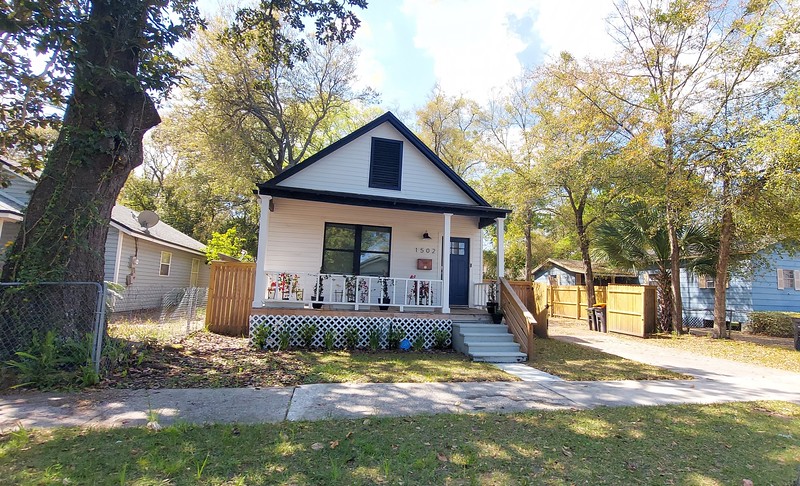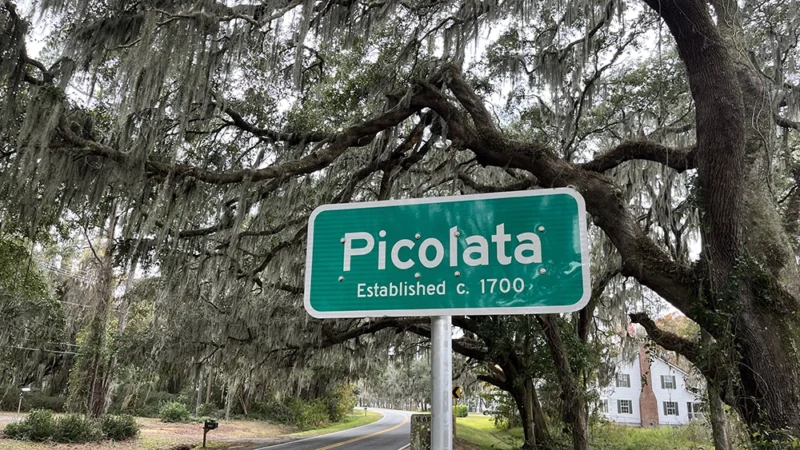
With a shortage of available homes and prices spiking dramatically, Jacksonville is the midst of a full-blown housing crisis. Fortunately, there’s much the city government can do to help in the fight. These four comparatively simple and affordable solutions could make an impact — if local leaders act now.
Jacksonville’s housing crisis
Across Florida, housing prices are up to crisis levels. According to a February 2022 report by Realtor.com, Jacksonville has seen the country’s eighth-highest rent increase, with Miami-Fort Lauderdale, Orlando and the Tampa Bay area taking the top three spots. CBS News also recently declared Florida the least affordable state in the U.S.
Although there are other factors at play, soaring housing prices come down to the fact that demand is simply outstripping supply, especially in desirable, high-growth areas like Jacksonville. To an extent, fighting the crisis will require action from state and federal governments, but there’s plenty local government can do to increase the housing supply by cutting red tape, wisely using incentives and thinking ahead. Here are four solutions Jacksonville leadership should pursue.
1. Remove restrictions on missing middle housing
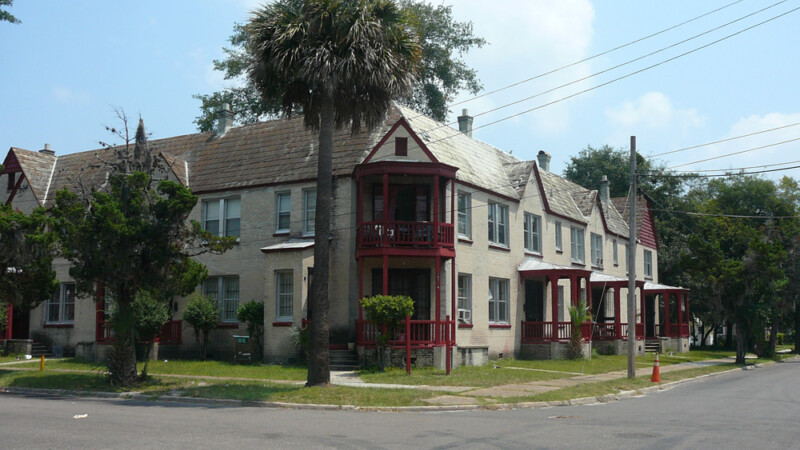
Missing middle housing refers to a variety of housing types that fall somewhere between the two most common types of housing today: single-family homes and large-scale apartment buildings. These can be duplexes, quadruplexes, urban townhomes, row houses, shotgun houses, bungalow courts and single-family homes with accessory dwelling units (ADUs), such as garage apartments. Historically, these housing styles helped to meet housing needs and to create walkable neighborhoods with amenities near residents’ homes.
Missing middle housing types were once common across the country, including in all of Jacksonville’s older neighborhoods. Since World War II, creation of new missing middle housing types has declined dramatically due to widespread adoption of zoning ordinances based on segregating land use. Known as conventional or Euclidean zoning, this method of zoning has led cities to designate large swaths of land exclusively for single-family housing, excluding all other housing types. Today, around 90% of all housing in the U.S. is located in these single-family-only zones.
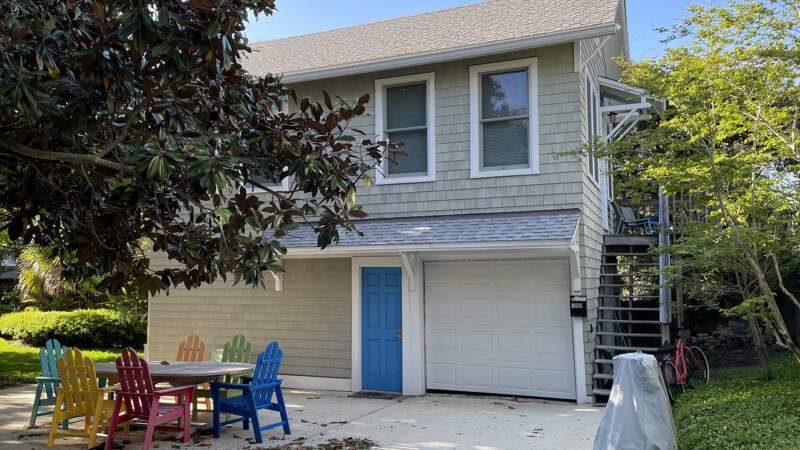
Urban planners view missing middle housing as a key tool to fighting the housing crisis, as it enables more units to fit in neighborhoods while keeping the scale of the residences similar to single-family homes. Local ordinances are the main obstacle to building more single-family housing; for instance, Jacksonville’s low-density residential zones exclude duplexes and townhomes, and in most cases even accessory dwelling units.
As such, simply rolling back the restrictions in designated areas would go a long way toward making construction of missing middle housing viable. Some solutions cities have explored are allowing accessory dwelling units in single-family zones and doing away with single-family-only zoning altogether. Others have shifted to form-based zoning in appropriate locations in a community, which regulates land according to desired physical form rather than simply segregating land use.
2. Expand Downtown historic incentives to more neighborhoods
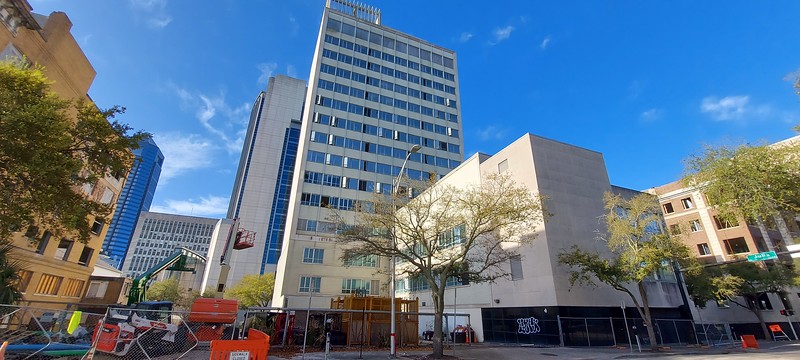
In 2020, the Downtown Investment Authority and Jacksonville City Council rewrote the book on historic incentives in the Downtown Northbank, streamlining the incentives process and increasing the amount of funding available for developers who renovate older buildings. As a result, the core of Downtown has seen an explosion of redevelopment so strong that we’ve dubbed it the Northbank Renaissance. More than a dozen adaptive reuse projects of currently existing buildings are now moving forward within three blocks of James Weldon Johnson Park alone, and more are coming by the month. The bulk of these involve redeveloping obsolete office and commercial buildings into residential units and mixed-use structures. This is good news for a part of town where residential occupancy rates are at 97.5% but where new construction has been at a trickle for nearly 20 years.
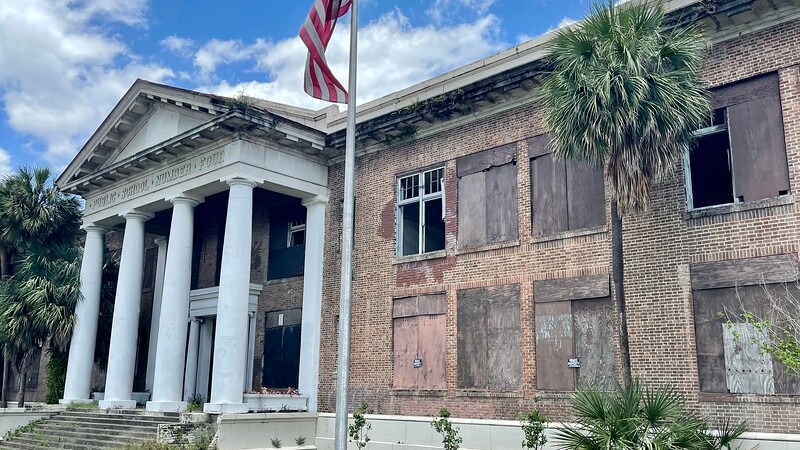
The DIA’s historic incentives rewrite has been a smashing success for the Downtown Northbank, but the benefits are limited to that area. Even within the boundaries of what the city officially considers Downtown Jacksonville, neighborhoods like LaVilla and Brooklyn are home to a number of empty buildings that would be ripe for adaptive reuse projects, including the historic Richmond Hotel, Genovar’s Hall and even Jacksonville’s notorious “Devil’s School,” the former Annie Lytle Elementary.
3. Bring withintrification to more neighborhoods
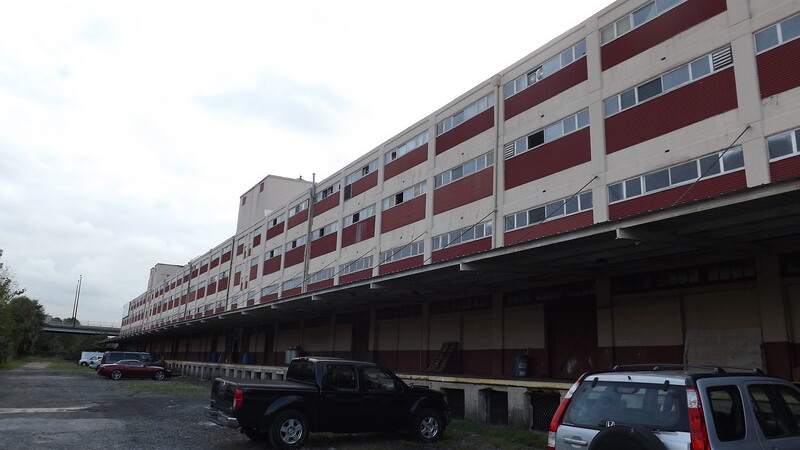
One effect of rising housing prices is gentrification – the influx of wealthier people into neighborhoods, which tends to lead to further price increases and ultimately, the displacement of long-term residents. In urban Jacksonville, gentrification is apparent in Springfield and Brooklyn. But another nearby neighborhood, the historic Eastside, is implementing a solution to this widespread problem: withintrification. Coined by University of Pittsburgh Professor John Wallace, “withintrification” refers to revitalization driven by the people already in the neighborhood. It means identifying assets in the community, bringing them together under common objectives, and raising the value of the place from within at a pace appropriate for revitalizing the existing community, not displacing it.
In the Eastside, the Eastside Withintrification Plan involves a number of strategies to lift up the neighborhood, improve services and build wealth for residents. One part of this plan is an innovative approach to affordable housing. Several projects currently moving forward include affordable and workforce housing as a way to tap into grants and incentives to make the projects feasible. Another project provides down payment assistance and homeownership training for residents committing to purchasing homes in the neighborhood.
The partnership behind the Eastside Withintrification Plan hopes it will become a model for other neighborhoods facing the pressures of gentrification and displacement. In Jacksonville, other historically Black neighborhoods like Durkeeville and Mixon Town would be excellent candidates for the type of solutions happening in the Eastside. And while the neighborhood of LaVilla was largely demolished in the early 1990s, it could benefit from a coordinated effort to preserve the buildings that remain and replace long-lost affordable housing.
4. Invest in Jax’s secret weapon: the urban core
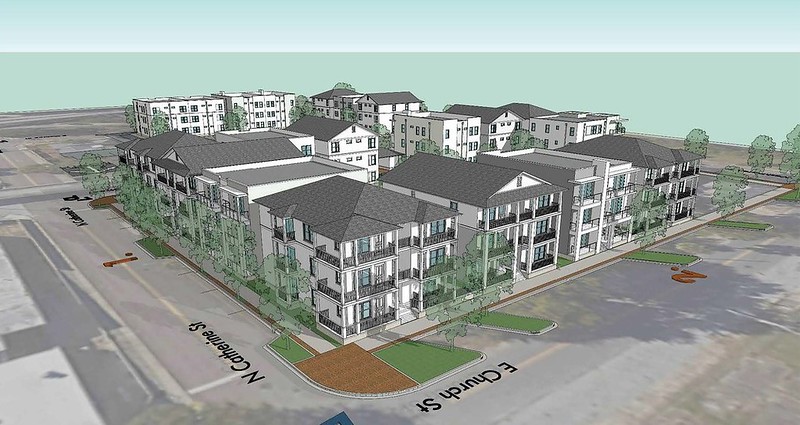
Jacksonville has a secret weapon in the fight against rising housing prices: the neighborhoods of the urban core. As we’ve written before, the urban neighborhoods within Jacksonville’s pre-consolidation boundaries lost more than 100,000 people between 1950 and 2010, a decline of nearly 50%. While this is a sobering fact, it also means that the urban core has the basic road and utility infrastructure for twice as many people as live there today.
As such, infilling the urban core with new residential buildings could help close the housing gap for less cost than building residential developments from scratch. All of the above solutions could help encourage infill in the urban core. Another way the city of Jacksonville could help encourage urban core infill is finding ways to cut red tape holding construction back.
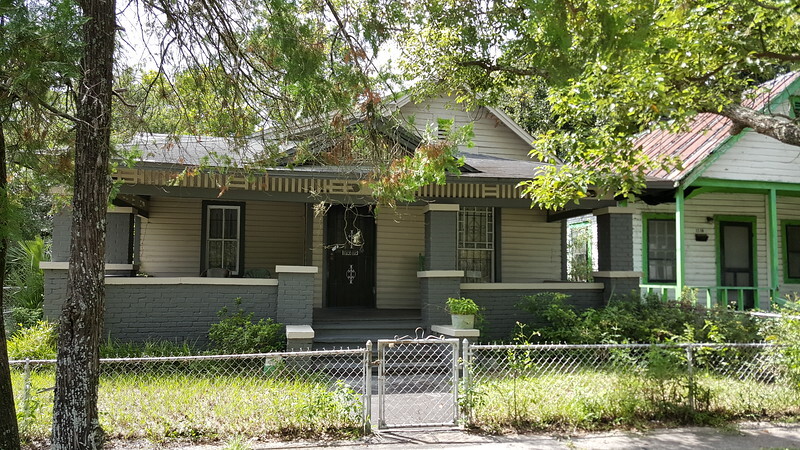
City Council Member Matt Carlucci has proposed one such idea. According to Carlucci’s plan, the city would do an inventory of vacant lots and abandoned buildings in the Urban Core subject to old liens.
“We could forgive those liens and allow builders to come in and build homes there,” says Carlucci. “We’ll never collect on the liens, and the properties won’t be developed while the liens are outstanding. We’d fill in more of our Urban Core with new construction, and it should be affordable to do because the price of the lots should not be that expensive.”
“I think it’s a good partnership opportunity waiting for us to get serious about it,” says Carlucci. As with many issues in Jacksonville today, actionable solutions are within our leaders’ reach. All that’s needed is action.



